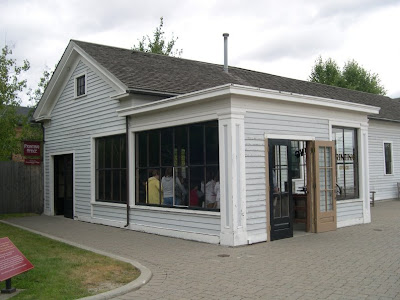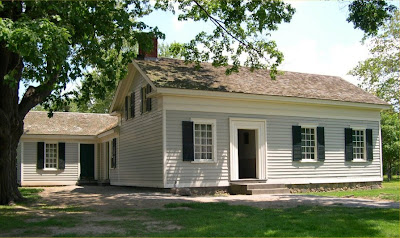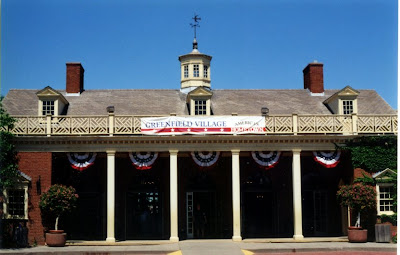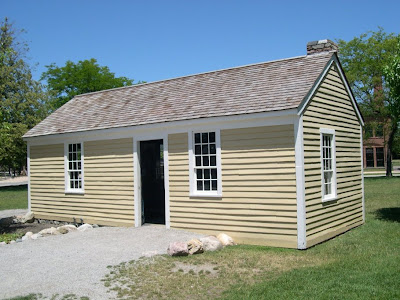William Holmes McGuffey Birthplace (formerly known as McGuffey Birthplace)

If you read the second chapter / blog of this Greenfield Village collection you will remember reading the following: The year was 1914, and Clara Ford, wife of Henry, watched children play one day as they made their way home from school. A childhood rhyme suddenly came to her, and she said it aloud: 'Hear the children gaily shout, "Half past four and school is out!" ' Henry and Clara both thought the rhyme came from one of the W illiam McGuffey Eclectic Readers, first published in 1836. After a futile search to find which Reader it came from, and through it all amassing a rather large and complete collection of the 145 different editions, he found he had a penchant for collecting. He already had a rather large collection of clocks and watches, which he loved to tinker with as a child. And, he had accumulated objects of his hero, Thomas Edison. So the McGuffey Readers were just another extension of what was quickly becoming his passion. It seemed that the original M...









